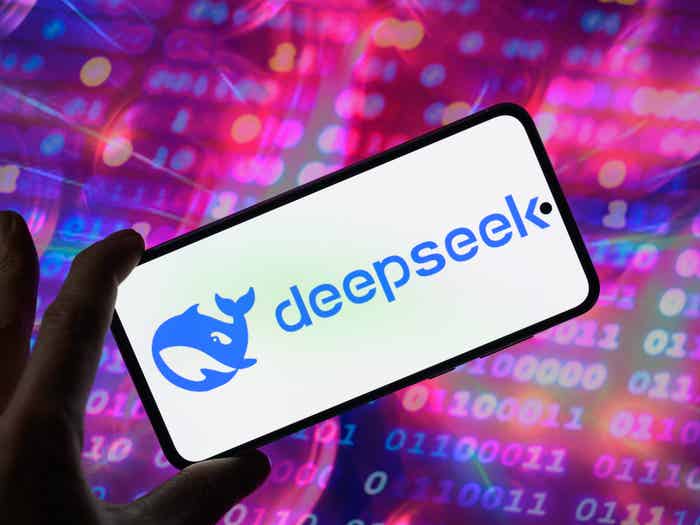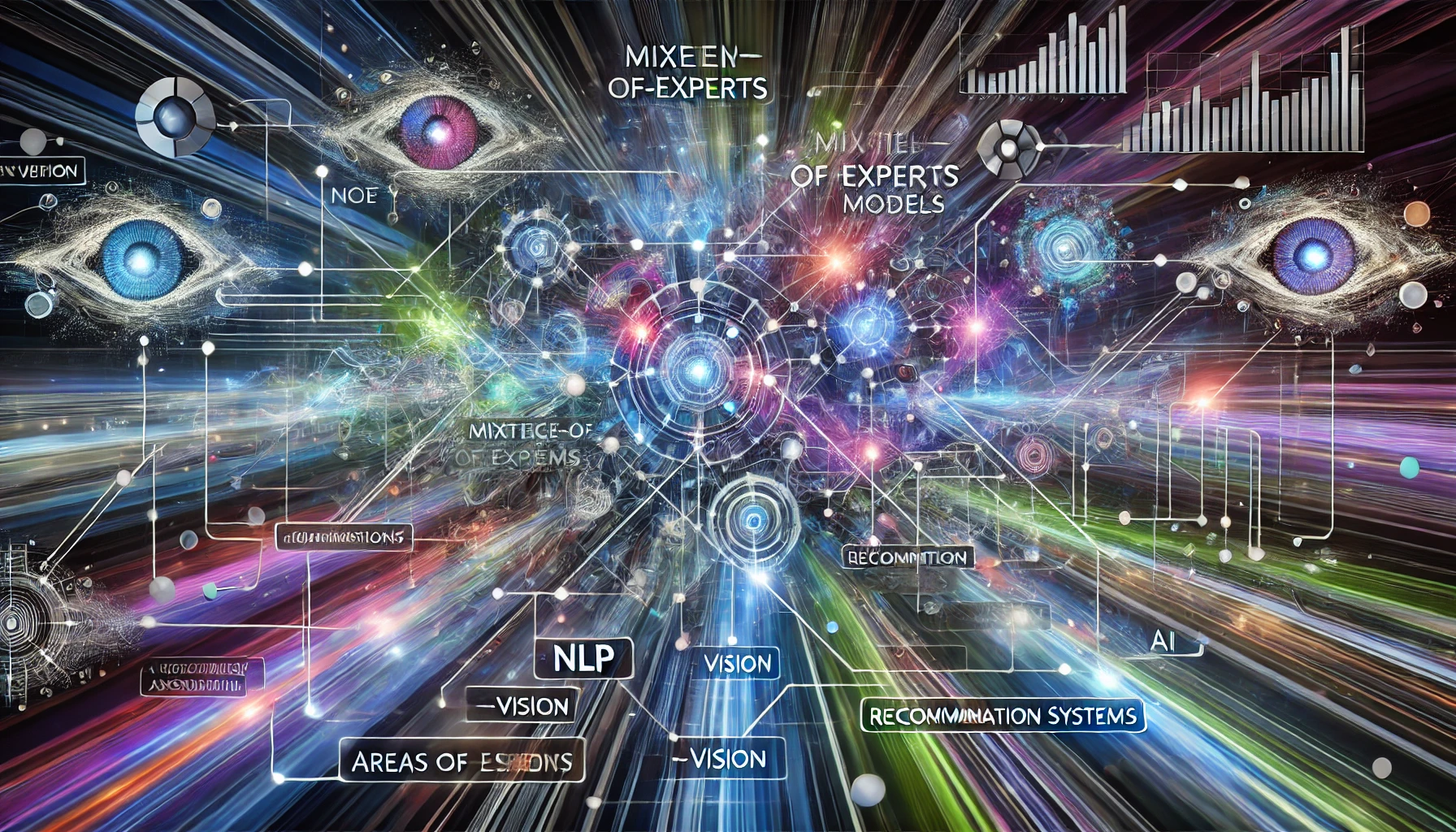Deepseek is an impressive example of smart engineering. In January 2025, DeepSeek, a Chinese startup, shook the AI world by launching a powerful language model that rivaled industry giants like OpenAI and Google. With innovative engineering and cost-effective development, DeepSeek proved that top-tier AI can be built with fewer resources, reshaping the competitive landscape.
In this article I list and explain the concepts of Machine Learning and Artificial Intelligence that were used:
DeepSeek’s popularity is built on a foundation of advanced AI and machine learning (ML) technical concepts. Here’s a comprehensive list of the most relevant technical aspects:
1. Neural Network Architecture
- transformer Model – The foundation of DeepSeek’s language models, enabling parallelized training and high performance.
- Attention Mechanism – The self-attention mechanism helps the model focus on relevant input parts.
- Multi-Head Attention – Improves the ability to capture different aspects of relationships in data.
- Feed-Forward Networks (FFN) – Layers in the transformer that help process features extracted by attention layers.
2. Model Optimization Techniques
- Model Distillation – Compressing knowledge from larger models into smaller, more efficient ones.
- Parameter Efficient Fine-Tuning (PEFT) – Methods like LoRA (Low-Rank Adaptation) reduce memory requirements.
- Quantization – Reducing the numerical precision of model parameters to lower computational costs.
- Sparse Training & Pruning – Eliminating unnecessary weights to improve efficiency.
3. Training Methodologies
- Self-Supervised Learning (SSL) – Training the model with unlabeled data using masked token prediction.
- Reinforcement Learning from Human Feedback (RLHF) – Aligning model outputs with human preferences using reinforcement learning.
- Contrastive Learning – A technique that enhances representation learning through similarity/dissimilarity comparisons.
- Distributed Training – Using multiple GPUs in parallel to accelerate training.
- Mixed Precision Training – Reducing computational load by using lower precision formats (e.g., FP16, BF16).
4. Data Processing & Augmentation
- Large-Scale Data Curation – Collecting diverse datasets from various sources.
- Synthetic Data Generation – Using AI to generate training examples when data is scarce.
- Tokenization – Breaking text into smaller units for processing (e.g., byte-pair encoding, WordPiece).
- Batch Normalization – Stabilizing learning by normalizing activations across mini-batches.
5. Inference & Deployment
- Efficient Inference Engines – Optimizing runtime execution for real-time responses.
- Edge AI – Deploying models on low-power devices through optimization.
- Cloud-Based API Deployment – Providing AI services via cloud-based APIs.
- Serverless Scaling – Auto-scaling inference workloads in cloud environments.
6. Reasoning & Problem-Solving Enhancements
- Chain-of-Thought Prompting (CoT) – Generating intermediate reasoning steps to improve logical problem-solving.
- Tree-of-Thoughts (ToT) – Expanding reasoning capabilities by exploring multiple reasoning paths.
- Program-Aided Language Models (PALM) – Integrating external tools (like Python) for enhanced reasoning.
7. Natural Language Processing (NLP) Enhancements
- Instruction Tuning – Fine-tuning models to follow instructions more effectively.
- Context Window Expansion – Increasing the amount of text the model can process at once.
- Zero-Shot & Few-Shot Learning – Enabling the model to perform tasks without extensive fine-tuning.
8. Multimodal Capabilities
- Text-to-Image/Video Integration – Enabling models to understand and generate images/videos.
- Speech Recognition & Synthesis – Supporting text-to-speech and speech-to-text functionalities.
- Vision-Language Models (VLMs) – Processing and generating text from images.
9. Ethical AI & Safety
- Bias Mitigation – Reducing bias through curated datasets and fairness-aware training.
- Toxicity Detection – Filtering and moderating harmful content.
- Explainability & Interpretability – Improving transparency in model decision-making.
10. Code Generation & AI Coding Assistants
- AI-Assisted Code Completion – Helping developers write code more efficiently.
- Automated Bug Detection – Identifying and fixing errors in code using AI.
- Natural Language to Code Translation – Converting text-based instructions into executable code.
These technical concepts collectively drive DeepSeek’s efficiency, effectiveness, and growing influence in the AI landscape.
[SEO optimized]
[SEO optimized]


